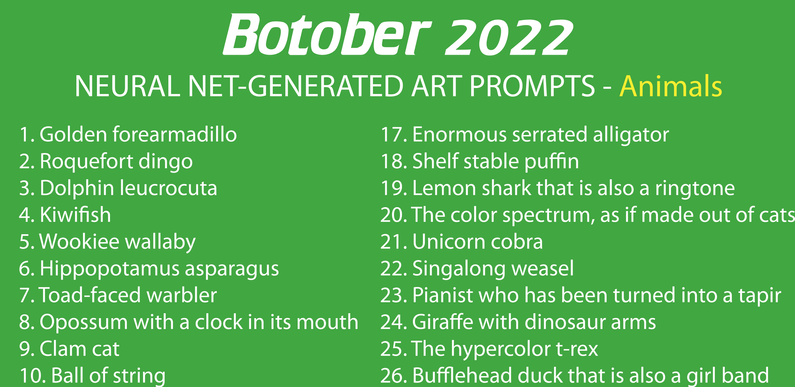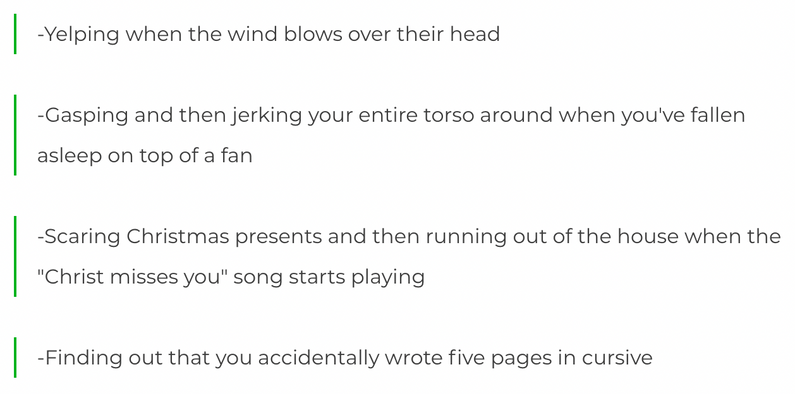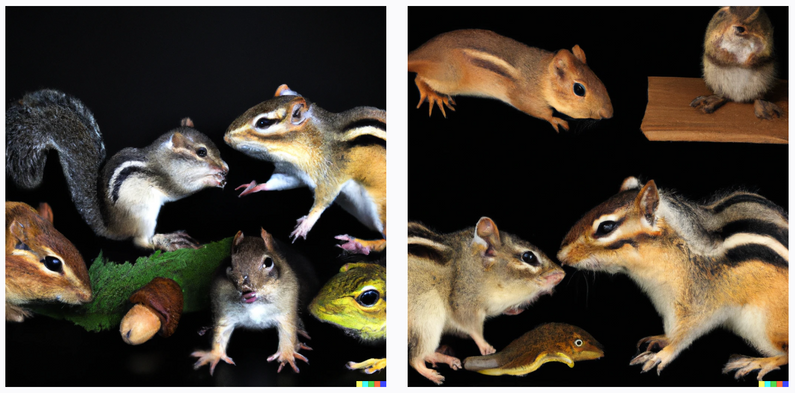For a couple [https://www.aiweirdness.com/botober2021/] of
[https://www.aiweirdness.com/628160900506025984/] years
[https://www.aiweirdness.com/ainktober-a-neural-net-creates-drawing-19-09-26/]
now I've been using neural networks to generate daily drawing prompts. With
today's text-generating neural networks far too large to finetune on a list of
existing






